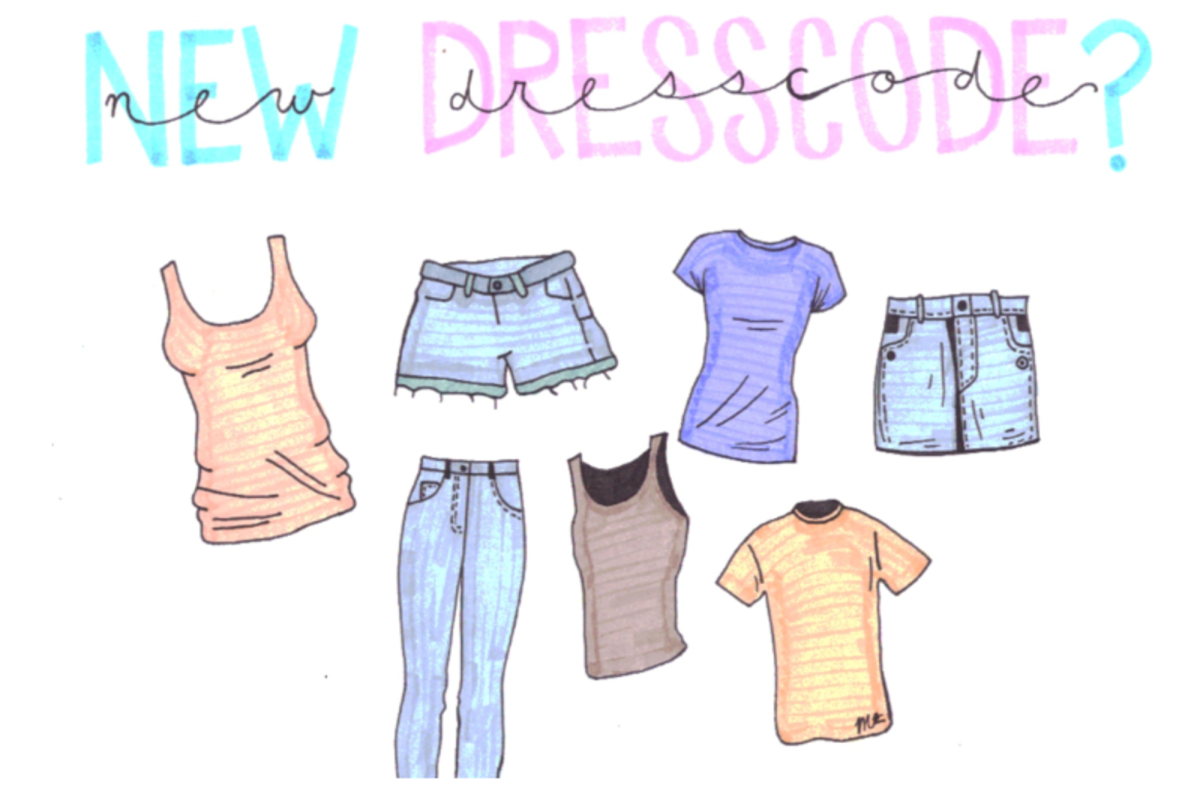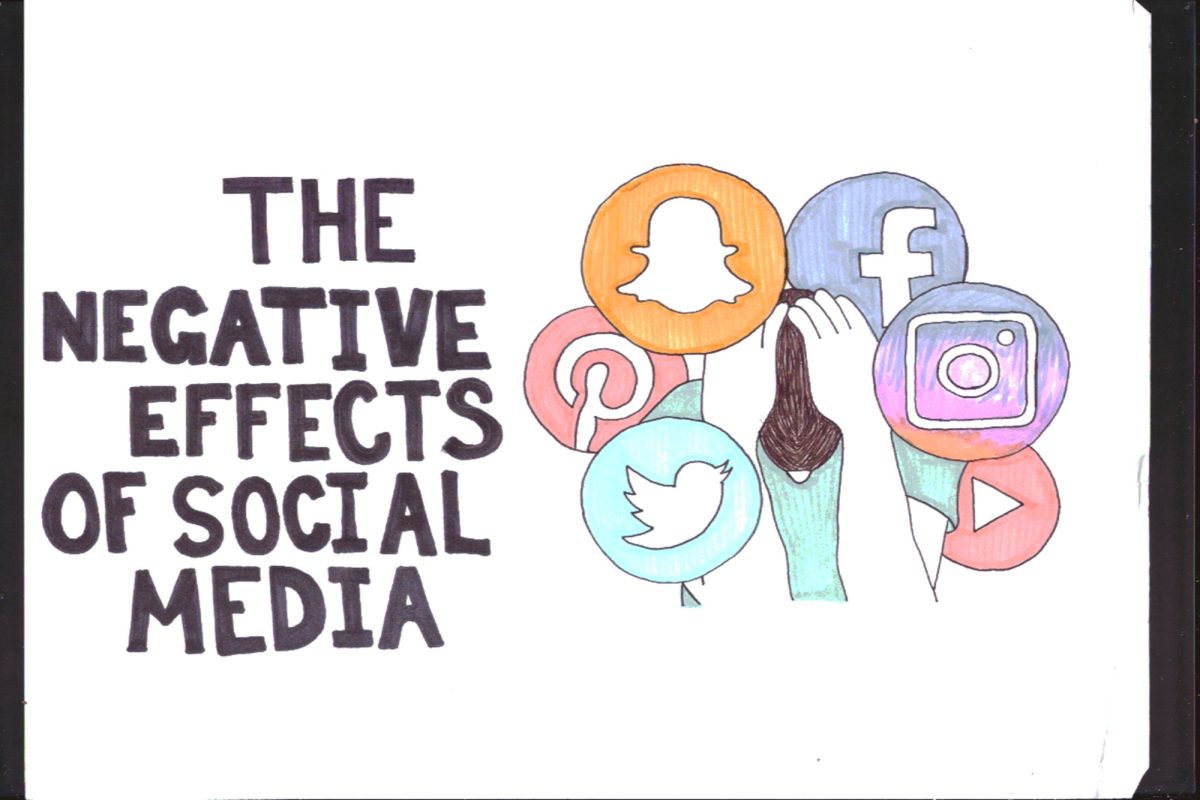“The most important thing about A.I. may be that it shows us what it can’t do, and so reveals who we are and what we have to offer.” – David Brooks
In schools across the world, artificial intelligence is becoming more accessible for students in education, sparking widespread debate about whether AI should be allowed in schools. With more students using tools like ChatGPT to generate essays and do things for them, teachers are finding it harder to tell what work is truly their own. While it may seem like a helpful resource, AI in schools is causing more harm than good, especially when it comes to students’ learning and development.
The use of artificial intelligence shouldn’t be allowed in schools because it prevents students from fully developing their own ideas and critical thinking skills. When students use AI to do assignments, they’re not doing the material by themselves. Instead, students are using AI to do it for them.
One major concern with AI is how it affects honesty among students. Apps like ChatGPT allow students to do assignments and complete homework with just a few clicks, making it very easy to cheat. According to a recent National Education Association survey, 73 percent of teachers are worried about students using AI to complete assignments without actually doing the real work.
While AI can be useful sometimes, allowing it to be used in schools would make it so that students can take the easy way out instead of doing the work on their own. Teachers are already dealing with problems of cheating and plagiarism, and AI only makes it worse. Students need to understand that real learning in life happens through trying and failing, not by relying on technology to do it for them.
Some people argue that allowing AI in schools can be valuable for enhancing education. For example, AI can adapt to a student’s learning pace, offering exercises and feedback that help them learn in a way that normally may not. This can be useful for students who struggle with certain subjects, providing them with help outside of the classroom. By incorporating AI into education, schools can create learning environments which will better the experience in which students have in school.
Furthermore, artificial intelligence can be helpful in getting students ready for the future, where technology is becoming more and more popular in many professions.
According to research done by McKinsey & Company, 87 percent of companies expect to adopt AI technologies by 2025. This shows how important it is for students to not only learn how to use AI but to understand its role in helping solve problems. By allowing AI into schools’ curriculum, students can develop the skills they need to be successful in a rapidly changing world, getting them ready for careers in fields such as business, technology, healthcare, and more.
Nonetheless, artificial intelligence in schools doesn’t help students build the necessary skills they will need later in life. Although some will argue that AI is the future, promoting it in school could set students back in terms of developing important skills like research and communication. In real life, people don’t always have things like AI to rely on. Wherever students go in life they will need to use their own brains to solve problems and articulate their thoughts. If students get too dependent on AI, they may struggle when they face scenarios in the world that require independent thinking. As society becomes more technology-driven, it’s important for students to learn how to balance the use of technology with their own skills and capabilities.
Considering all the facts, AI shouldn’t be allowed in schools because it hinders students’ ability to think for themselves and compromises academic integrity. While technology can be useful, students need to learn to engage with their education and develop their own ideas. Instead of relying on AI to do the thinking for them, students should focus on building skills like critical thinking and problem-solving that will help them succeed in the future. As society continues to evolve in a more modernized world, we need to make sure that technology is there so that it helps learning, not replaces it.








